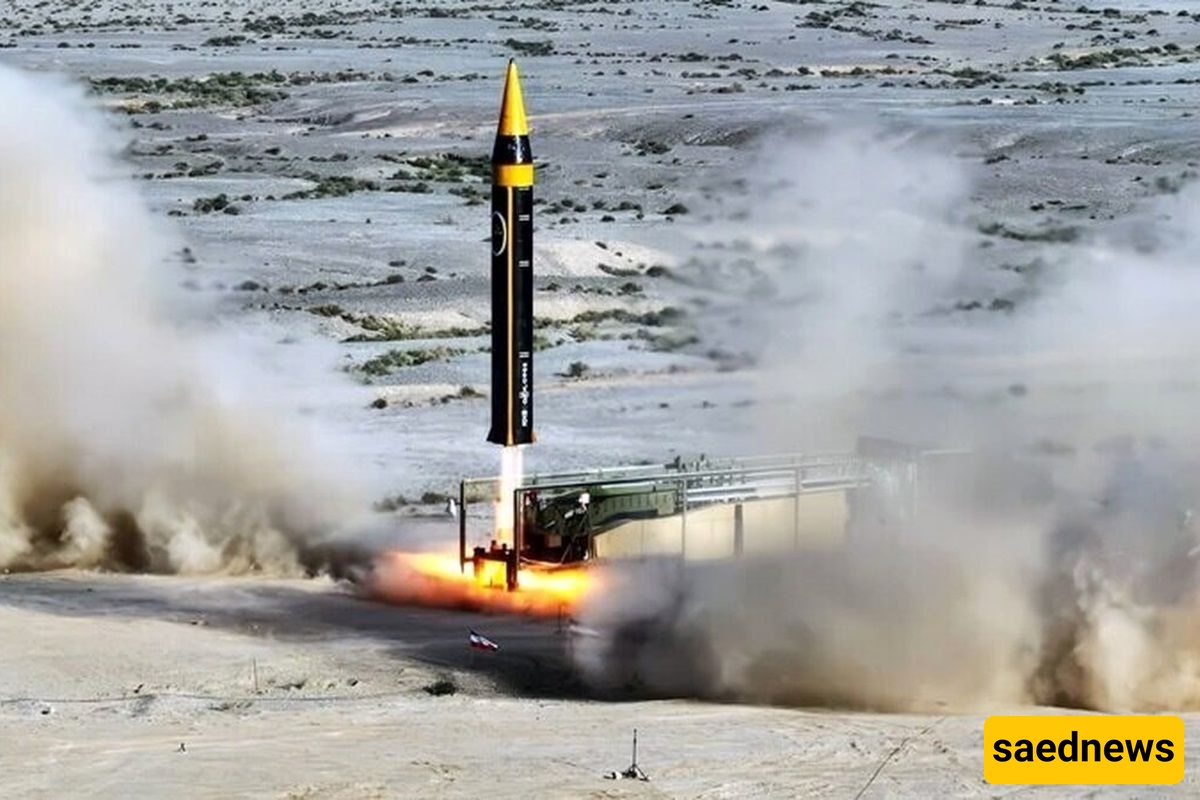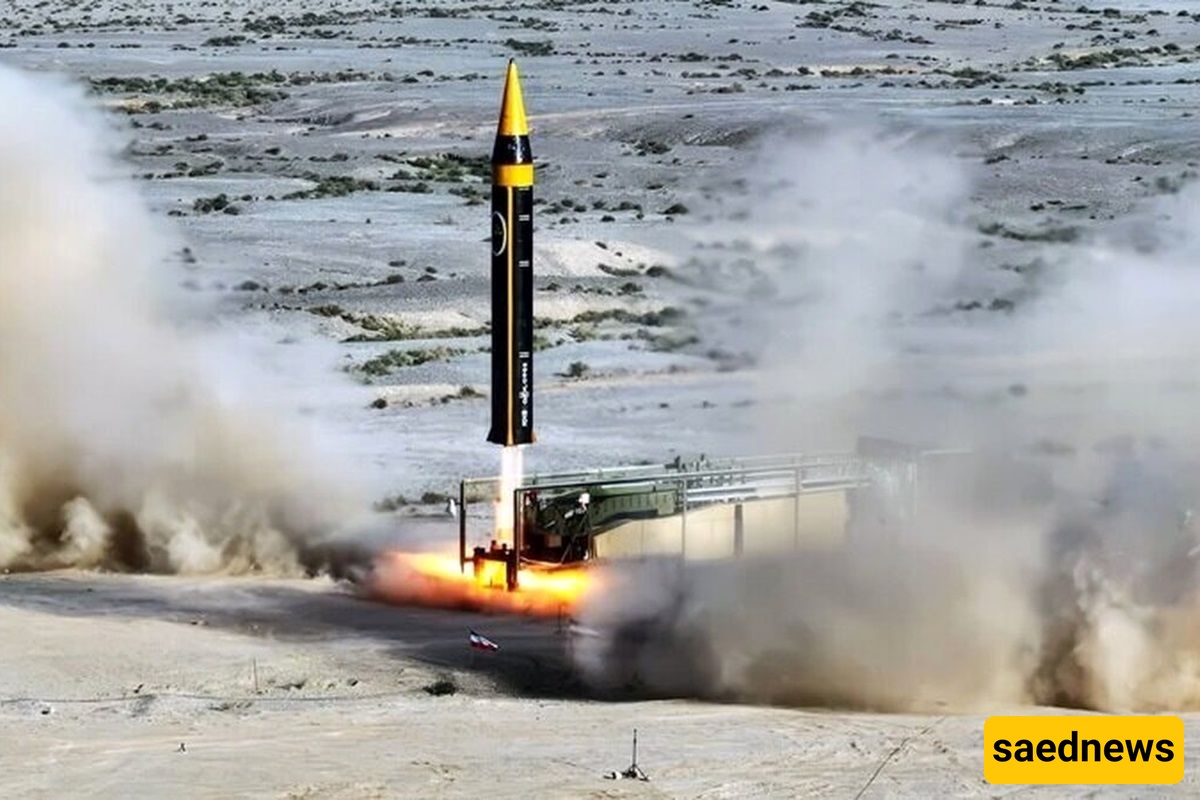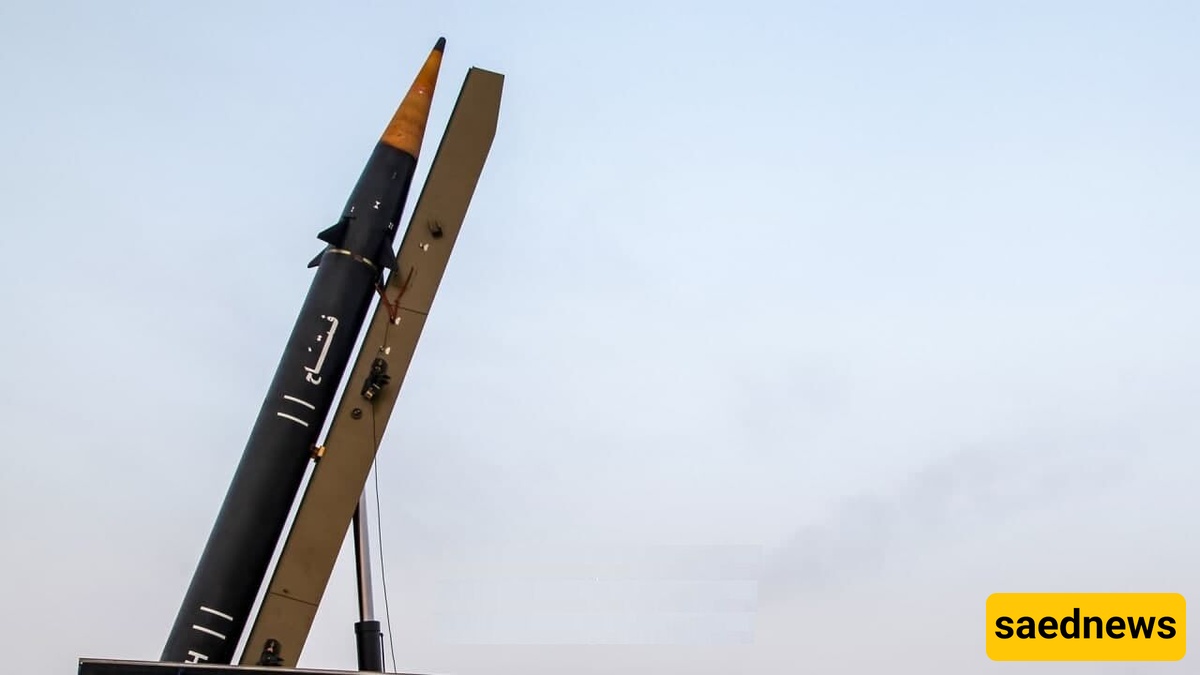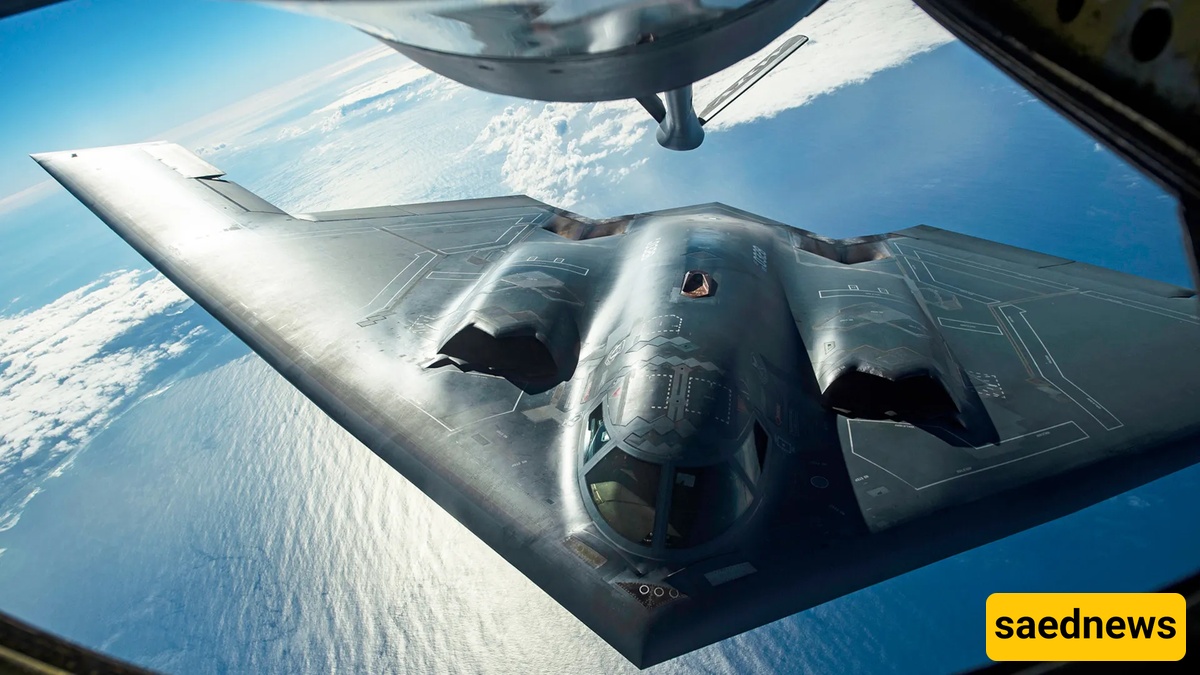SAEDNEWS: In a dramatic escalation of military confrontation, Iran has transformed Israel into a proving ground for its most advanced missile systems. From the thunderous deployment of Khorramshahr ballistic missiles to the unprecedented use of the hypersonic "Fattah,"

According to Saed News, the long-awaited debut of Iran's Khorramshahr missile in live combat has rattled Tel Aviv to its very core, bringing to life years of anticipation and poetic invocations by the Iranian public. What once was confined to military parades and rhetorical spectacle now descends upon Israeli territory in a cacophony of explosions that echo Tehran’s message: the era of strategic ambiguity is over.

Amid rising regional tension, Iran has not only unveiled but actively deployed its elite missile arsenal. The Fattah missile—a hypersonic, maneuverable projectile capable of breaching advanced defense systems—has reportedly struck targets with unnerving precision. Side by side with it, missiles like Sejjil and Khorramshahr 4 have asserted Iranian reach deep into enemy territory.

Tehran’s message is crystal clear: Iran now holds the capacity to shift the theatre of war from the shadows to Israel’s heartland. By combining speed, agility, and engineering ingenuity under harsh sanctions, Iran has elevated its deterrence to an unignorable force. According to Western military journals, even if Iranian hypersonics don’t yet rival their Western counterparts, the rate of technological reproduction in Iran remains a phenomenon too fast to dismiss.
As Washington Post noted, a scaled miniature of the Dome of the Rock was positioned near Iran's new mobile launchers—an unmistakable symbol in a campaign laced with religious, geopolitical, and strategic resonance.
The Iranian barrage has also had psychological repercussions. According to Hebrew-language sources, fear of missile strikes has forced members of Israel’s war cabinet to meet in separate cities, communicating via secure channels only. The Iron Dome now faces weapons explicitly designed to outpace and outwit it.
U.S. Senator Bernie Sanders harshly rebuked Israeli Prime Minister Netanyahu, declaring:
“He is not the president of the United States. If Israel wishes to fight this war, it must do so alone. The U.S. has no business being dragged into a campaign launched without its consent.”

This sentiment reflects a broader American anxiety: while Israel initially waged its campaign expecting U.S. support, it now finds itself vulnerable, potentially exhausting its offensive capacities just as Iran escalates.
Meanwhile, the Pentagon has confirmed the repositioning of B-2 stealth bombers to Diego Garcia. Yet analysts warn that drones like Shahed-136 and missiles such as Khorramshahr 4 are capable of reaching even these distant staging grounds. In effect, the battlefield is now global.

As war enters its tenth day, strategic equations have shifted. Tehran no longer hides behind proxies or calibrated threats. It is showing its cards—its missiles—and dares Tel Aviv and Washington alike to respond, knowing full well that any miscalculation may ignite an inferno stretching from the Mediterranean to the Indian Ocean.
The red alert sirens in Israel, now a near-constant refrain, are a testament to this shift. For those in underground shelters, the sun has not risen in days. For those in Washington, the question looms larger than ever: Has Netanyahu ignited a war he cannot finish—and one America cannot afford to inherit?

